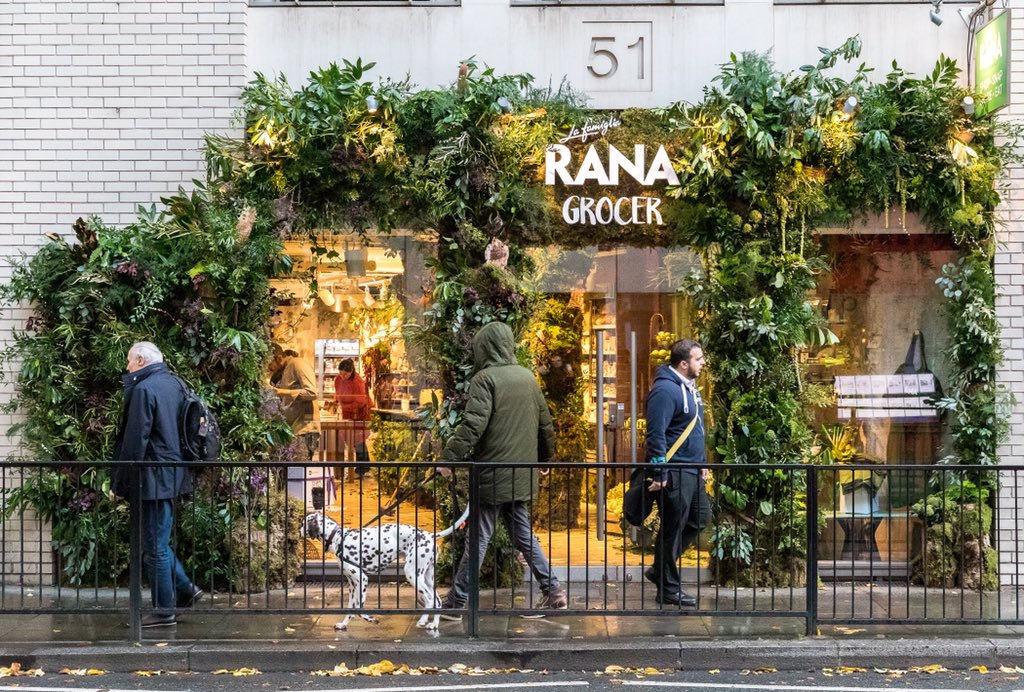Rapid change and adaptability are retail today’s main buzzwords, words that must be heeded. The evolution of retail continues to lean harder on ecommerce and building businesses online, however, in countries such as Egypt and many in MENA, it’s hard to not see that offline is still a major asset.
In today’s retail world, it’s not entirely all about going online, it is about how to incorporate it into your business offline.
We can see major players such as Amazon play on both sides of the coin. Amazon may have started out as an online store, and is now the world’s largest e-commerce company, but they are evolving and have now set their sights on physical stores.
Although Amazon opened their first book store in 2015, Amazon Books, they only really settled into physical stores last year, with the launch of Amazon Go, a cashierless grocery store. However, what we want to look at is how they incorporated their online prowess to the newly acquired Whole Foods.
- Advertisement -
Delivery lockers in-store, in-store opt-ins to memberships and newsletters for discounts, special Amazon Prime discounts in-store, streamlining the store’s aesthetics by centralizing merchandising (doing its own in-store displays and setups); there is so much to learn from how Amazon has transformed the declining brand. All by taking their vast experience and data from their ecommerce platform and bringing it offline.
So, how can we start to incorporate our online and offline for better effectiveness?
Make Your Store Mobile Friendly
We all have heard of the importance of creating a mobile-friendly, responsive, website to ensure that the millions of phone users are able to use it while moving around, but what about a mobile-friendly store?
A lot of the same rules apply when thinking about making your store more mobile friendly, such as be responsive/flexible and prioritize search.
Prioritize easy search in-store by adding electronic store maps, complete with categories and product pages, or electronic inventories that are available on site or online for all stores. QR codes to scan for discounts, AR filters and more can also be used to integrate your offline store with consumers’ mobile and online life.
Providing in-store staff members with company tablets or smartphones can also help make the shopping experience more responsive. Imagine asking for an item or specific size at a major store and staff can quickly answer and find the item for you without leaving your sight by checking on their staff device.
Businesses should also always consider the shopping experience in-store as something that should be easily sharable online.
Use some of our tips from How To Make Your Popups More Insta Worthy to get your store more mobile and social friendly.
Use Location Data to Promote Your Store
Blending well with the previous point, mobile devices are a powerful medium and platform for retailers, especially those with a smaller number of stores. Using geo-location data from Google and even Facebook’s extended location targeting options will help you directly influence people who are passing near your store.
This is will help not only remind people nearby of your store, but can also attract new passerbys who may not know your location.
For these advanced ads, make sure to add context that is currently relevant to really max out their potential. It is raining or is there a dust storm? Hide out at our café, 20% off on warm drinks! Is it super sunny today? Offer up your most delicious looking ice cream in a great photo to help customers cool off.
How to Deal with Showrooming
Although online stores are becoming a favorite spot for bargain or sales hunting, foot traffic in stores are not slowing down but sales are. This is may be because of the phenomenon called Showrooming.
While many people love the convenience of shopping online and its prices, most are still unwilling to buy without seeing and touching the physical product. This leads many people to go to local stores, try out wares then go home and buy it online. Making stores “showrooms” for online shoppers.
Amazon leaned on this trend by creating an app that lets customers scan QR codes in-store to compare prices online. This is a battle that would be too difficult to fight, so embrace it by creating an in-store experience that is more exciting or pleasing to your customers.

Look at the reasons why they prefer to buy online. Is it home delivery? E-receipts, package tracking, easy payment? Maybe a majority of your audience base does not like to talk to people, so how do you make the shopping experience more efficient without the need of staff?
Encourage In-store Opt-ins
We mentioned earlier QR codes that could be scanned for discounts and other fun goodies, here we take it a bit further.
Opt-ins are usually something done online when on a store’s website, and it provides valuable data on consumers as well as provides them with information about your store. However, it may still be a while before they go to your physical location.
Encourage people already inside your store by encouraging opt-ins that provide real value, such as instant discounts, coupons, sweepstakes, concierge services and other fun goodies when they opt-in to a newsletter or even just step into the store by scanning something. Businesses can also try putting a special daily promocode into your app.








